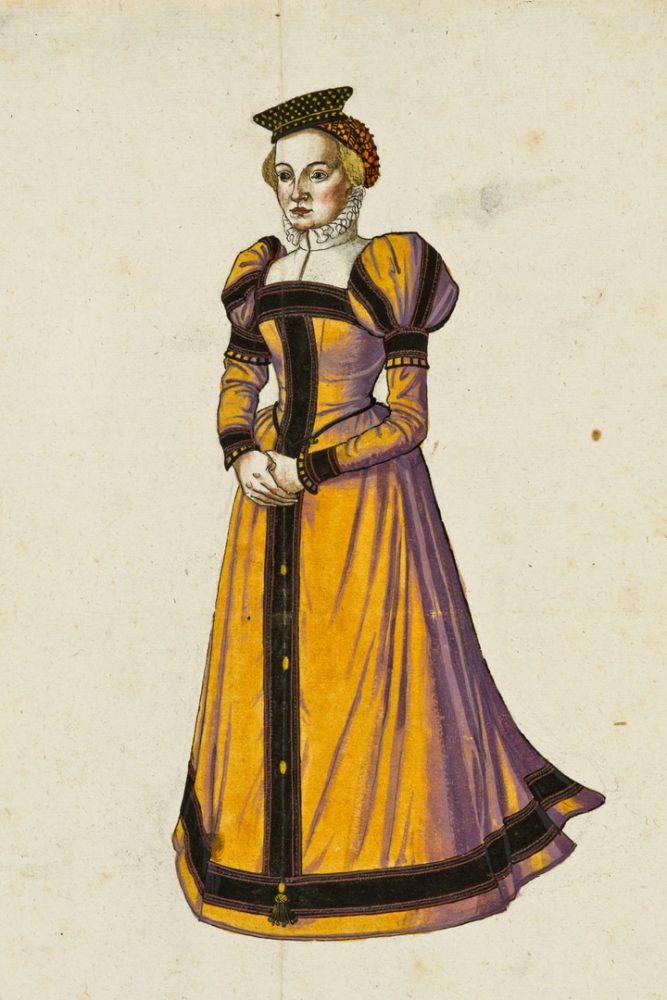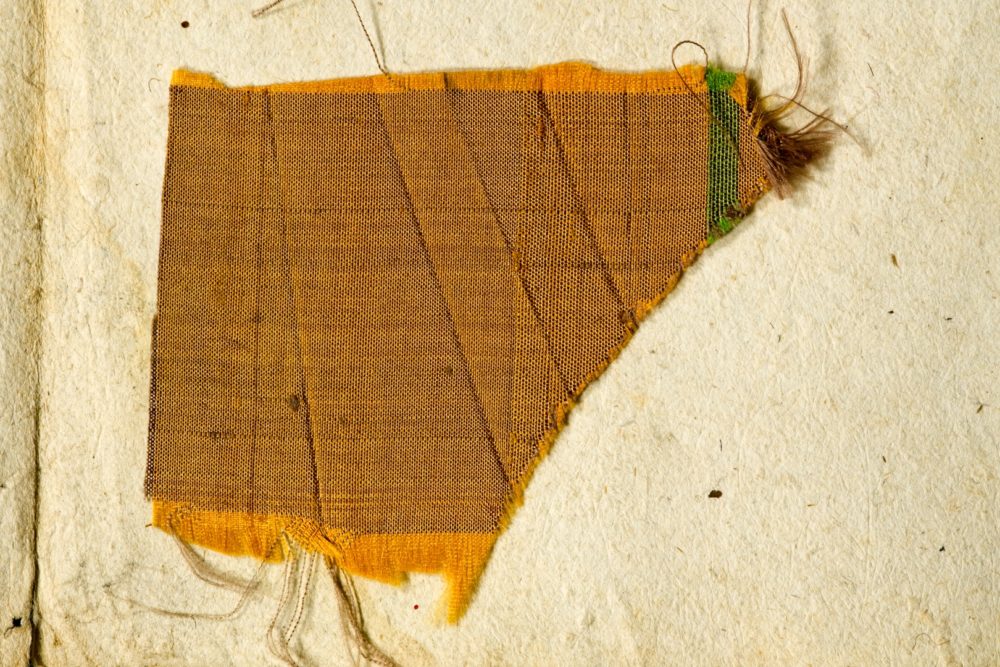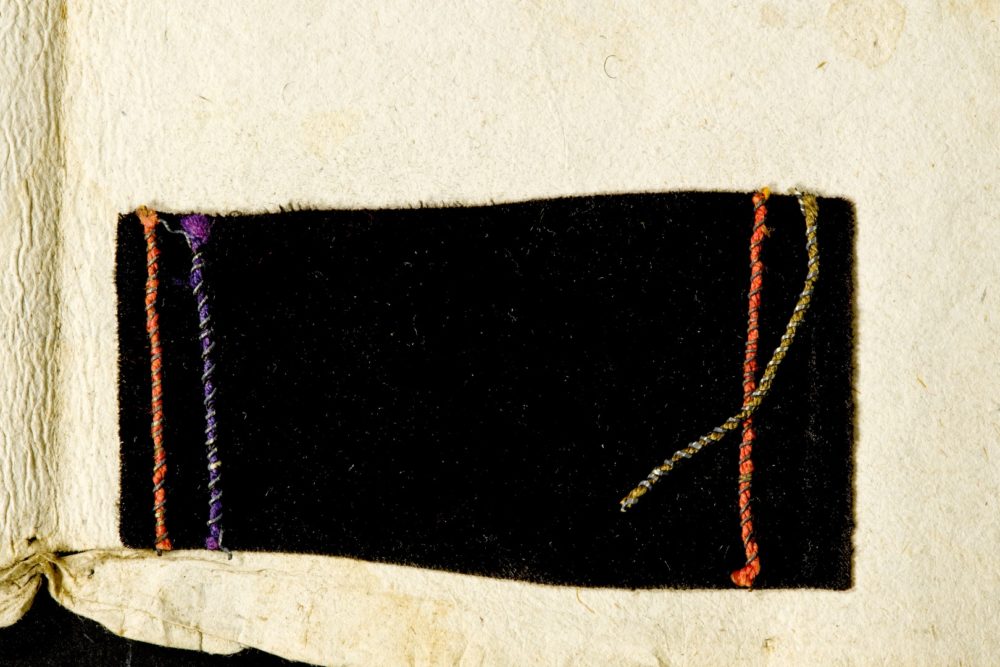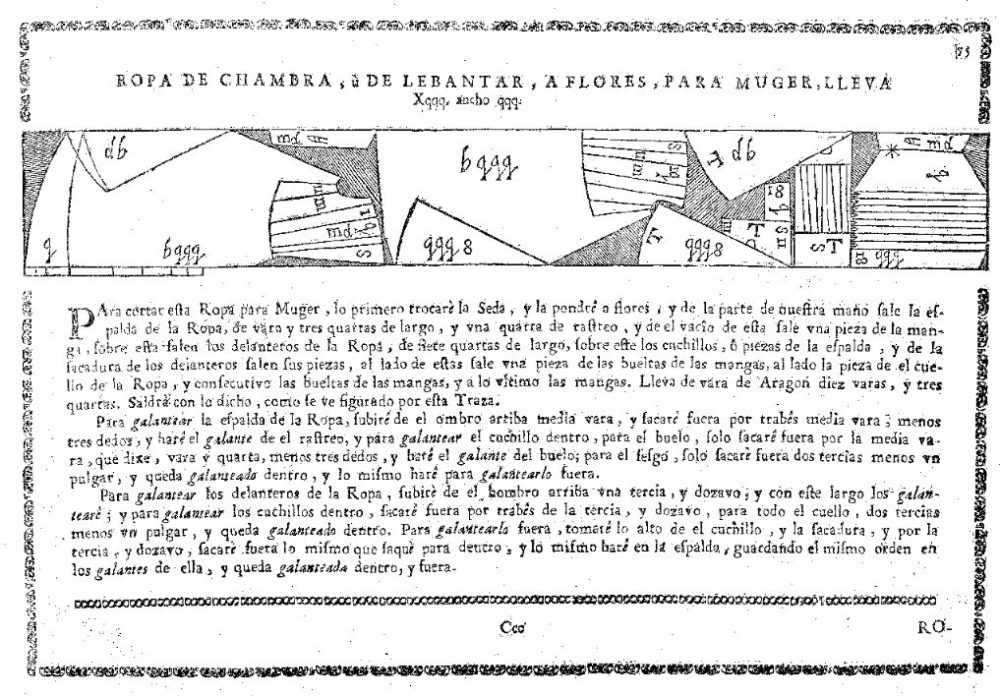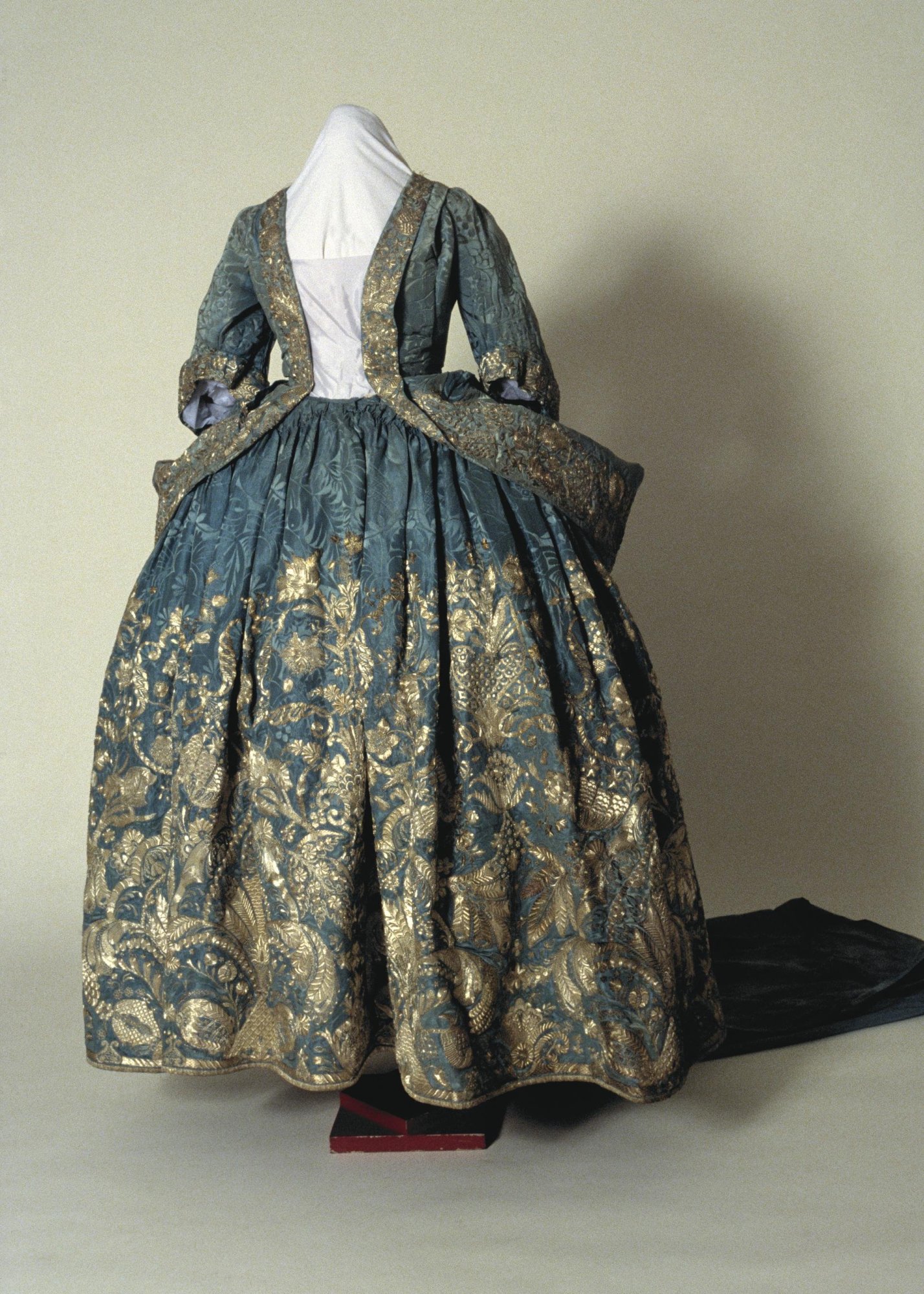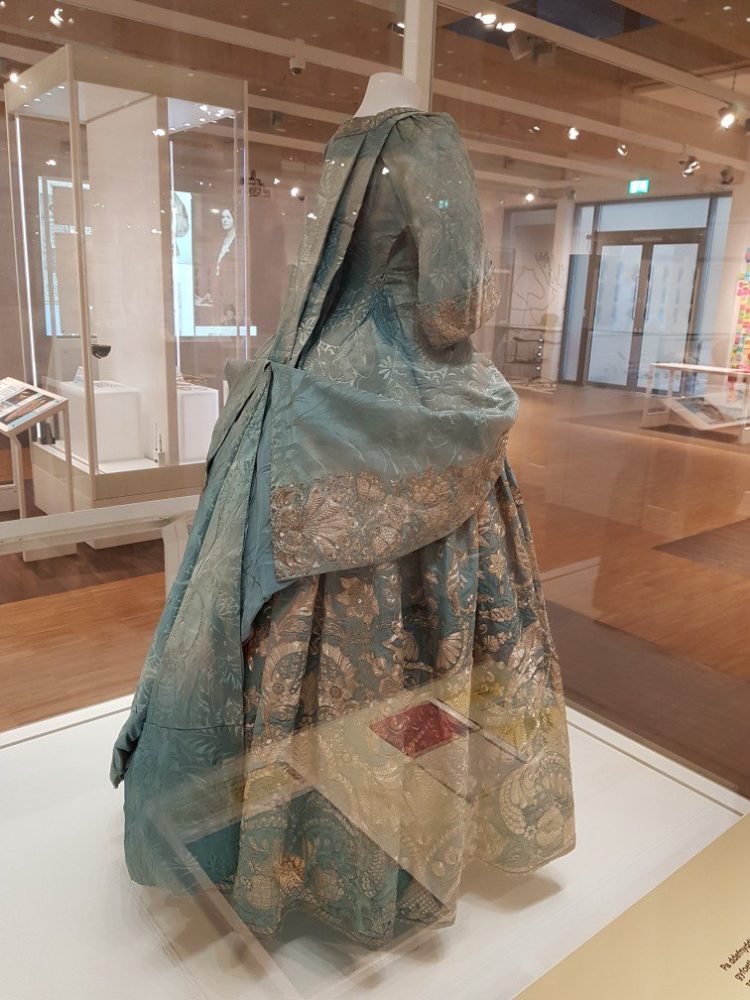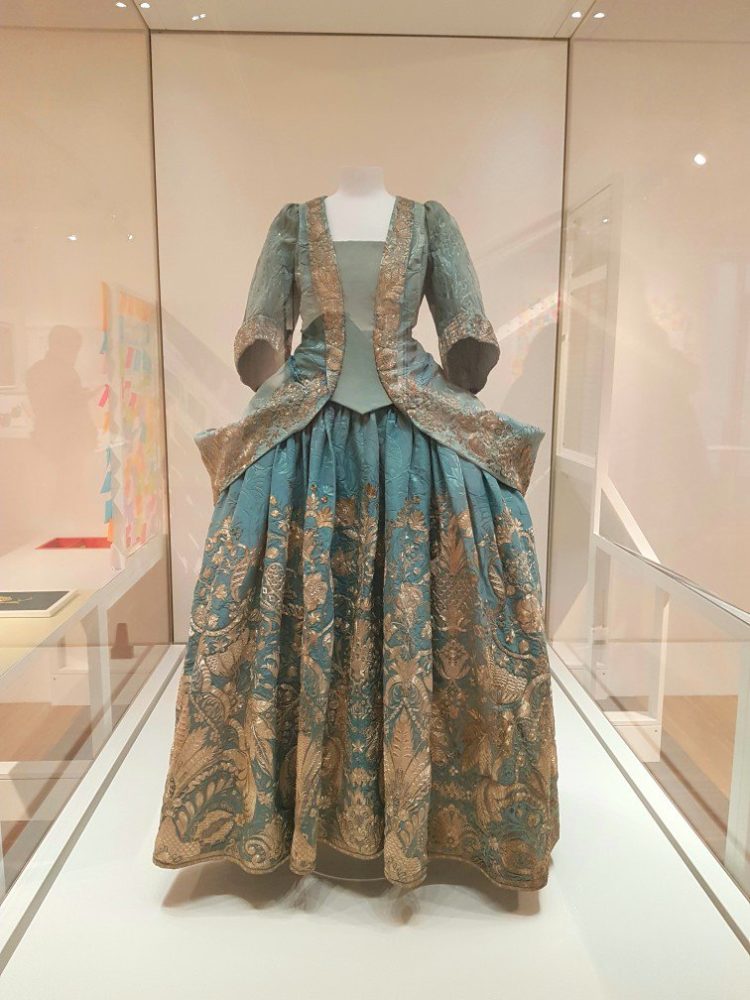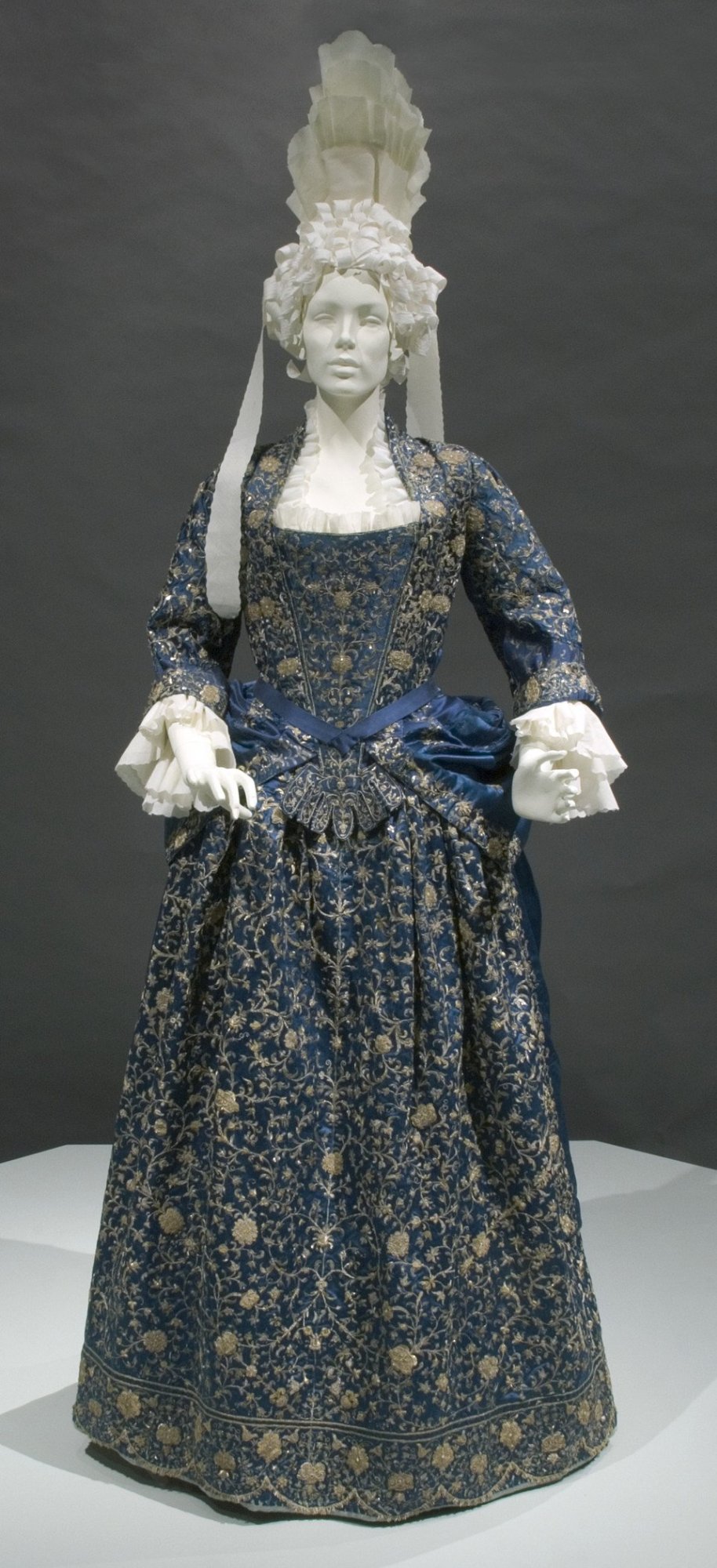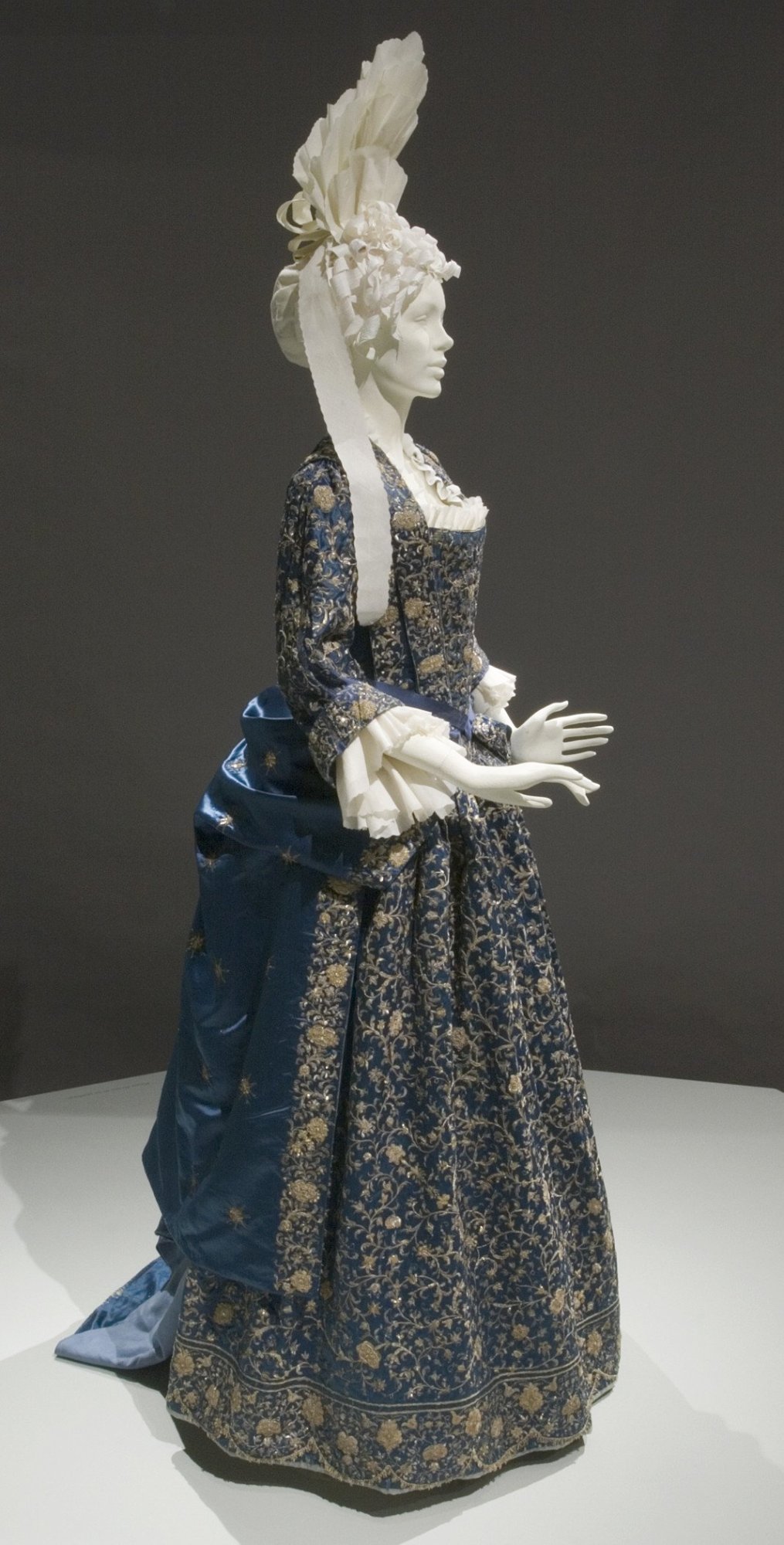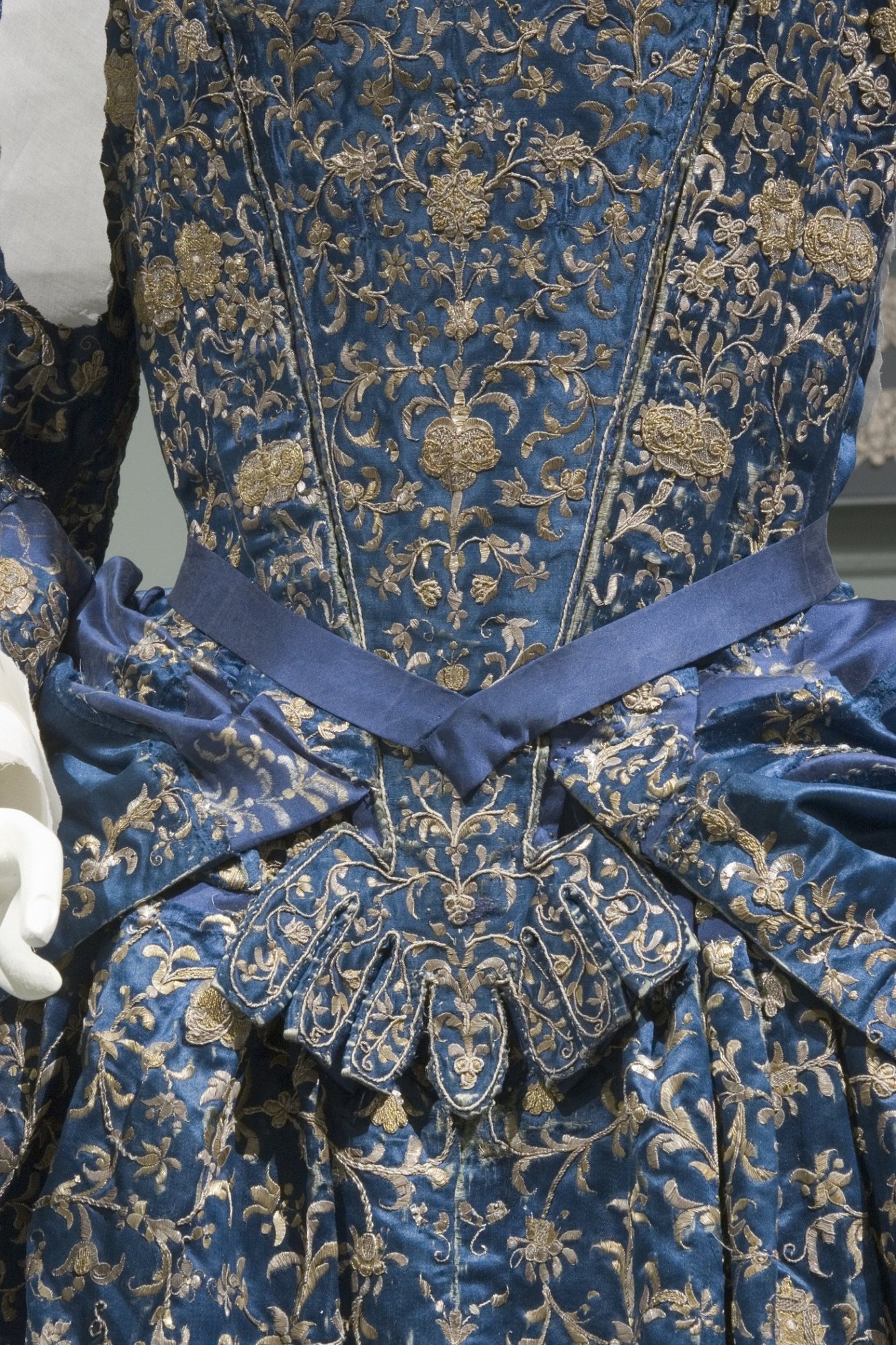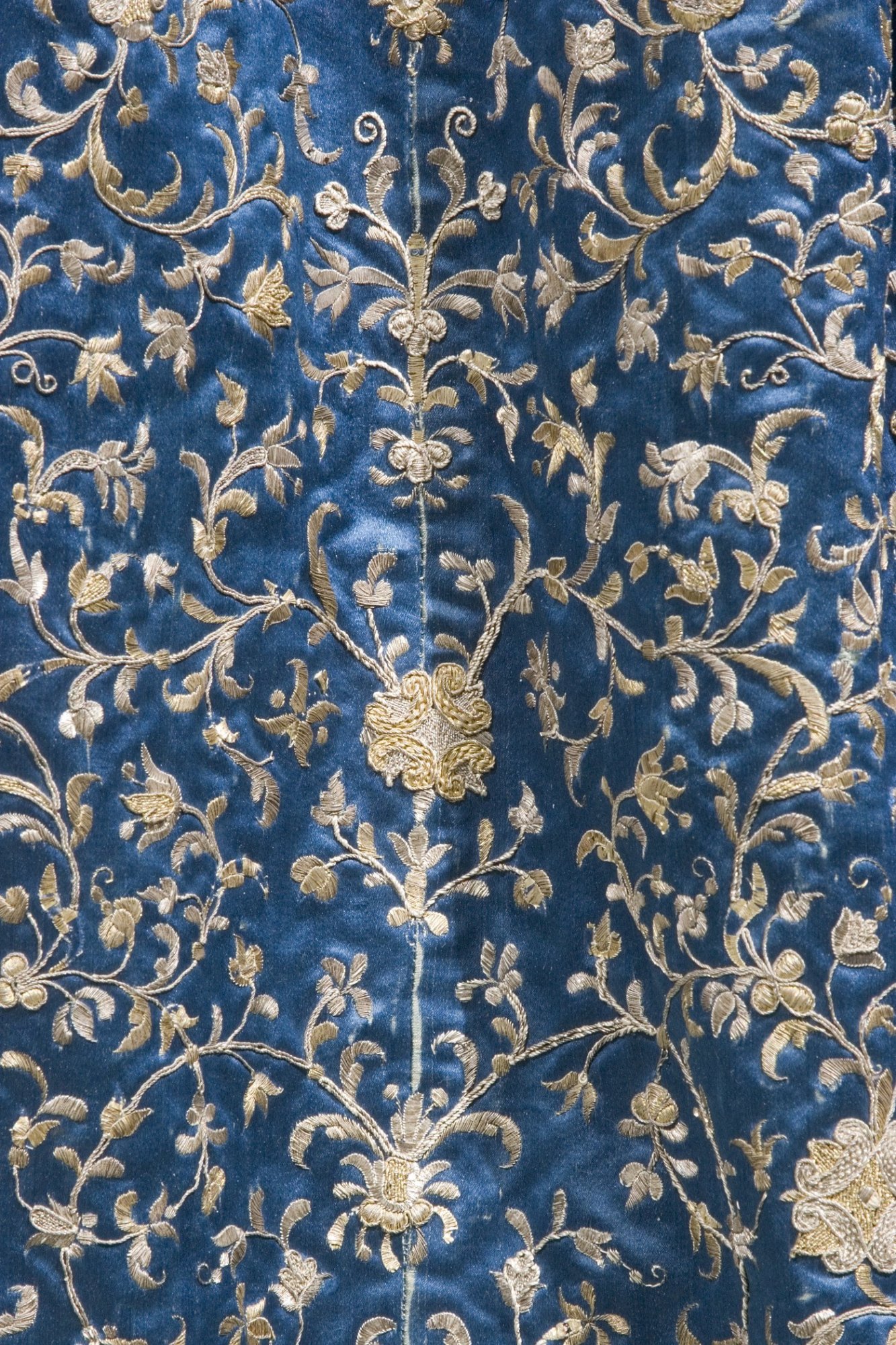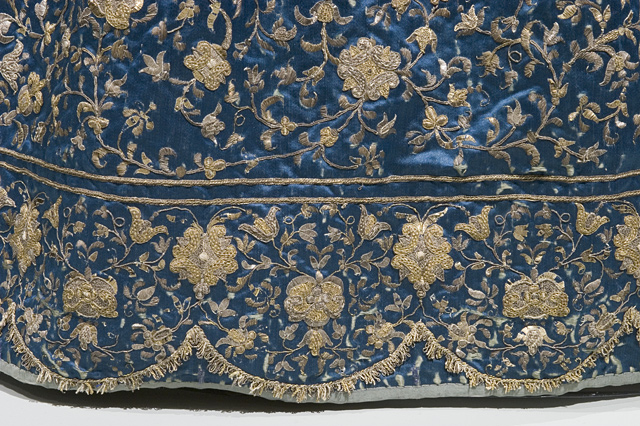small steps
I have been working on some small repair projects, because my confidence has eroded a lot since my fibro Dx. Actually even before because obviously pain and fatigue interfered with how much I could do. I’m down to barely being able to put together a blog post, thus my long patches of silence.
So far I’ve put Sooty back together (still actually sooty but clean and filling replaced.) Put the card holders back into our phone covers- soft vinyl and fabric glue, I really needed to have used some easy peel masking tape.
But today I will work on my sewing machine as there is an issue with the upper tension being way to strong. I need it at 1-3. So I need the repair manual for it. I think I have one already. It has grease rather than oil so I’m a bit nervous about cleaning too much, but there will be some vacuuming going on.
Going very slow and carefully. This involves taking the top of the arm off to then use a narrow Phillips to very carefully adjust two parts of the tension at once. I think it’s the spring that needs changing. It’s quite soft. Probably original to the 1980s. Photo is actually of a toy sewing machine. I actually had one, so it was exciting to find one online. It works btw. It need big batteries so if I get my confidence back up I might be able to work on the wiring to match a modern battery type?
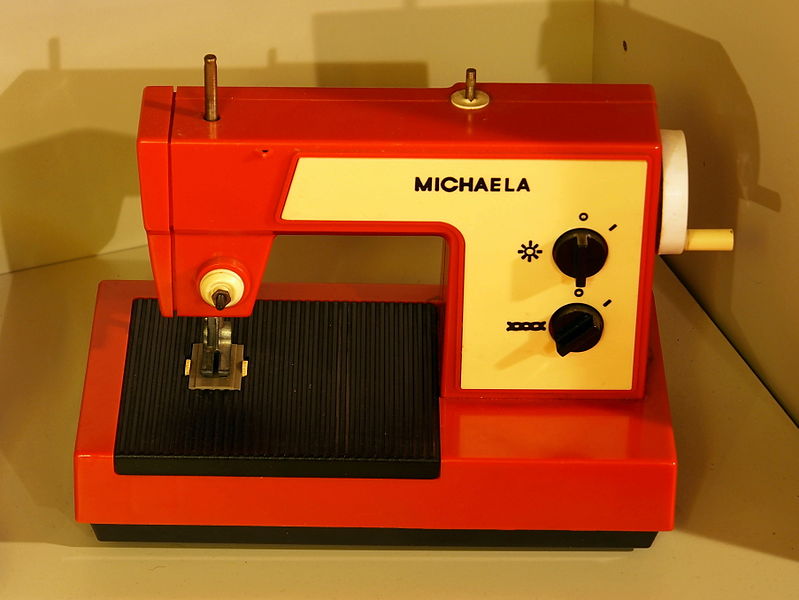
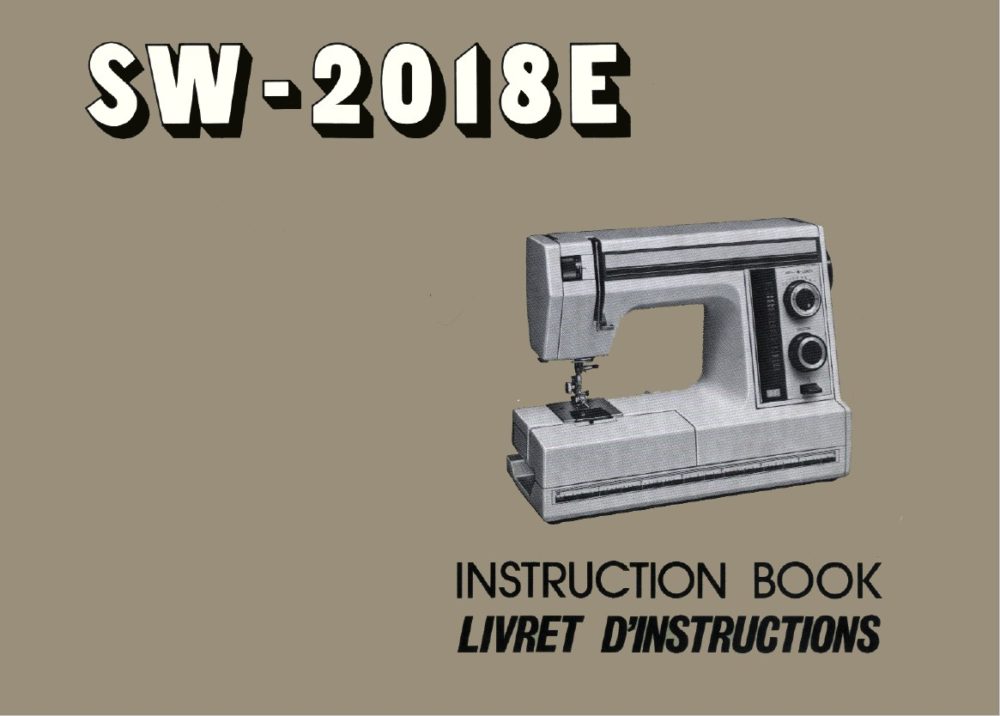
I wish this was a service manual, but I’ve got it all cleaned. Slightly concerned there might be a screw loose in there, but tension is back to stabile on 4. I really need to take the plate off that sits over the dials as well. But for now it’s lint free, upper tension dial resettled. So yes. A break is needed.
